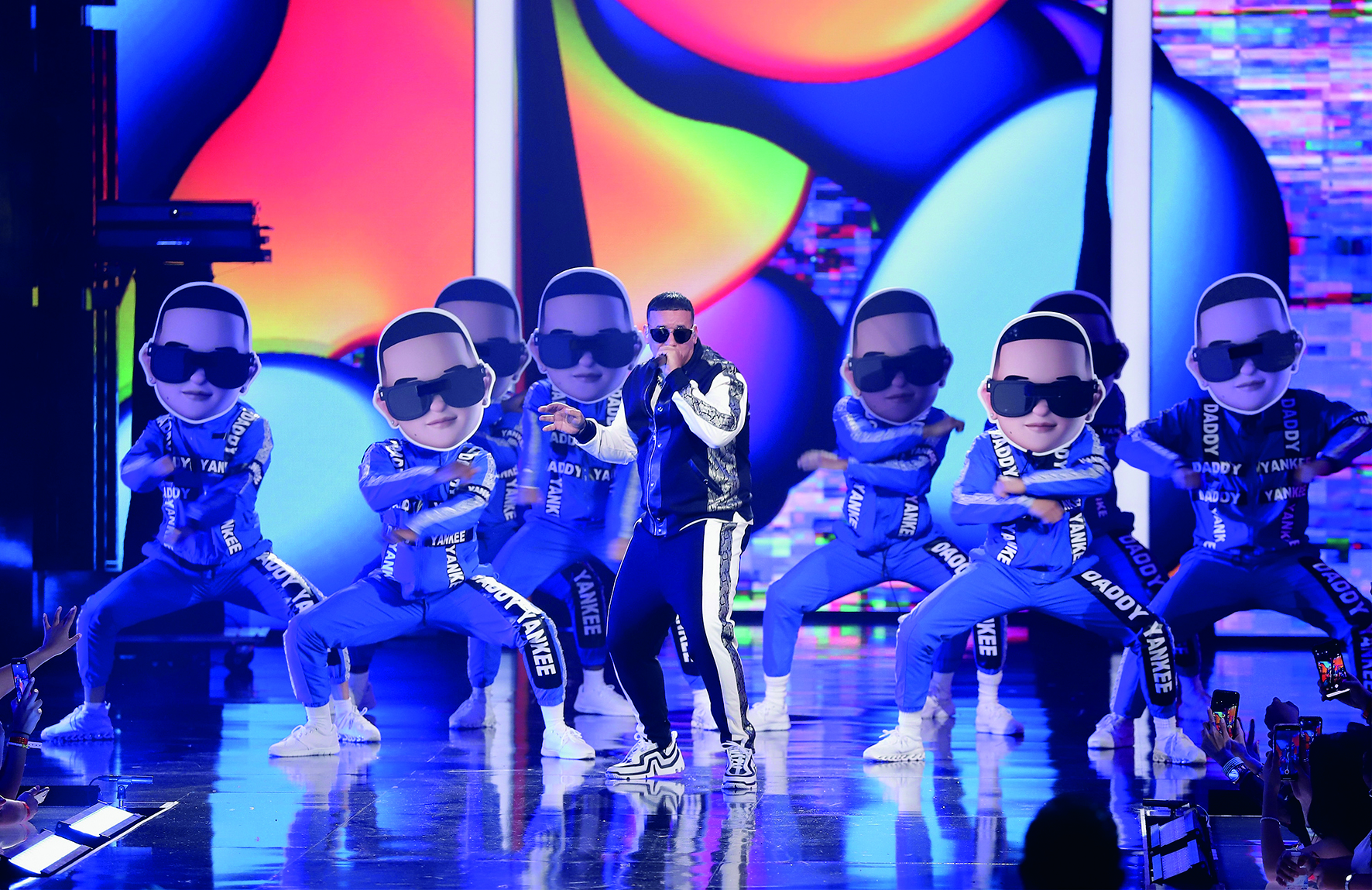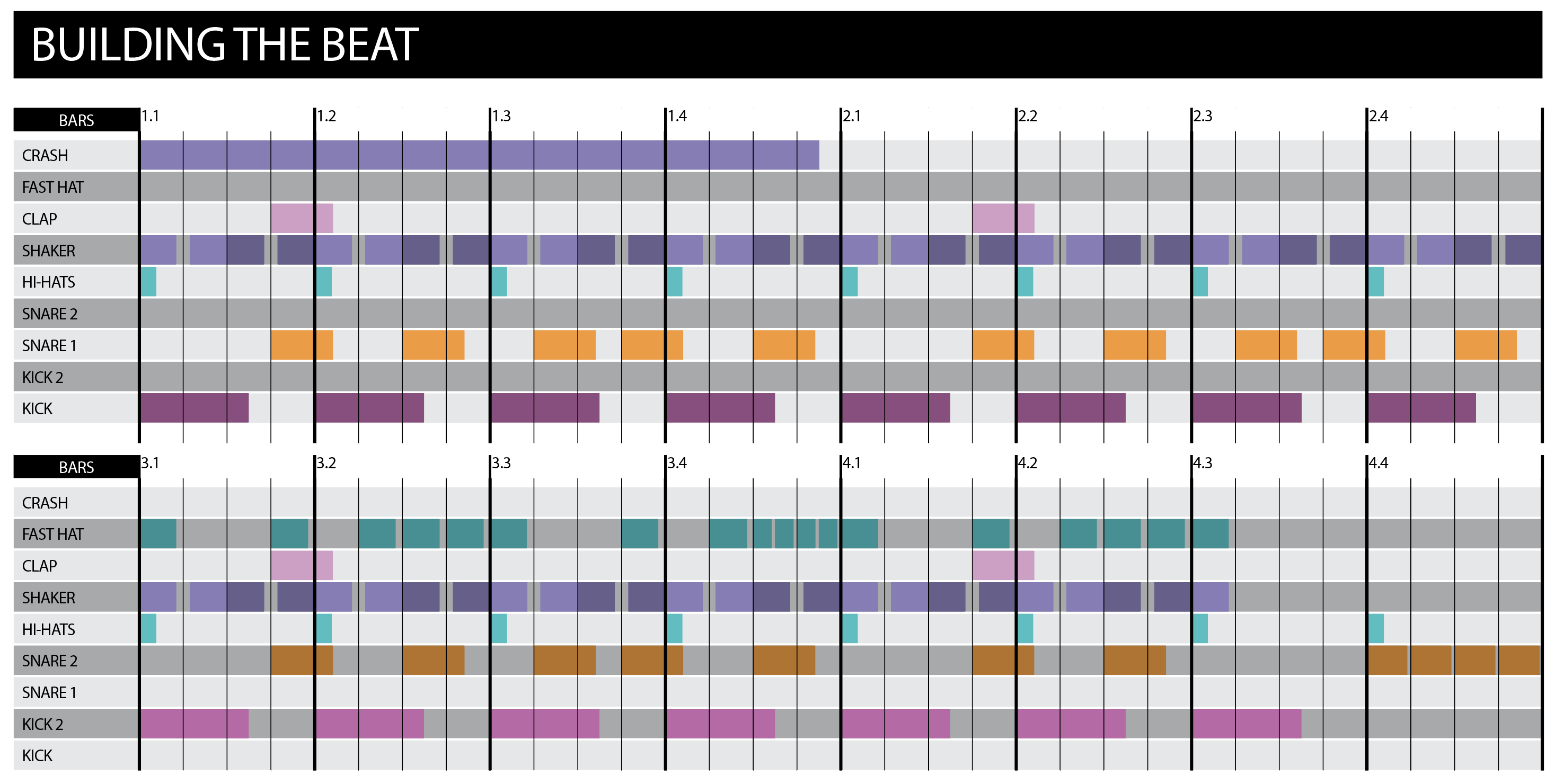Beat Building: how to make a reggaeton beat
We're showing you how to program convincing drum patterns in a broad range of genres. Today we're looking at reggaeton

In our Beat Building series, we're showing you how to produce beats, grooves and drum patterns in a variety of styles and genres, touching on various eras of production, to help you understand the key rhythmic elements behind many of today’s biggest tracks.
Reggaeton is a contemporary rhythm that first appeared in the 1990s and in recent years has become one of the primary music styles in the Spanish speaking Caribbean. Key artists such as Don Omar and Ivy Queen paved the way for more mainstream acceptance and crossover to the US and Europe. Massive hits such as Despacito, which features a guest contribution from reggaeton’s biggest star, Puerto Rica’s Daddy Yankee, helped cement the style as a global phenomenon.
The beat itself is a variant of the Jamaican Dembow rhythm and tempos are typically between 85 and 100bpm
Reggaeton’s appeal is its simplicity, with the lilting core beat providing an ideal backdrop for the combination of singing, rap and instrumentation that’s popular in Latin music. The beat itself is a variant of the Jamaican Dembow rhythm and tempos are typically between 85 and 100bpm, however there are contemporary tracks where the tempo is 110 or faster.
The main beat consists of a quantised four-to-the-floor kick pattern with an offbeat snare. Additional percussion is added for feel, and applying moderate swing quantise on 16ths works well. The beat sound palette can be as contemporary and varied as you like, although individual beat sounds tend to be quite short. Additional instrumentation is often Latin inspired, including Spanish guitar and piano.
Building the beat...

The core components of reggaeton are the KICK and SNARE. Much like house music, the kick falls on all four quarter notes of the bar. However, reggaeton is typically slower than house and this leaves plenty of space for the snare to fill the gaps, creating more movement.
Here the key snares are on 4/16, 7/16, 12/16 and 15/16. You can add further snares for feel; here we’ve added an additional hit on 10/16. This is the same in bars 3 and 4, although the snare pattern plays a 16ths snare fill to mark the end of the overall 4 bar cycle.
Reggaeton often switches the kick and snare sounds for alternating sections and you can see we’ve shifted to kick 2 and snare 2 for bars 3 and 4. You can also emphasise specific snare hits with other sounds. Here, we’ve doubled up the snare on 4/16 of each bar with a CLAP.
Get the MusicRadar Newsletter
Want all the hottest music and gear news, reviews, deals, features and more, direct to your inbox? Sign up here.
Looking at the top percussion, a short CLOSED HAT marks the quarter notes. This is joined by a 16ths SHAKER. The shaker hits have alternating velocity in pairs, so two 16ths quiet, two 16ths loud. It also has 16ths swing quantise set to about 50%, and this delays every second 16th slightly, adding overall feel.
As part of the sound switch for bars 3 and 4 we’ve also added an additional hat. This plays a mixture of 16ths and 32nds, adding urgency to bars 3 and 4. You can add these sorts of parts to taste. We’ve programmed it straight, but you could add swing and velocity changes for extra feel. Finally, the top of bar 1 is marked by a CRASH.
The simplicity of the reggaeton beat makes it ideal for swapping sounds. In addition to the kick and snare switch used above, try swapping out percussion parts for other sounds. In our example try taking the fast hat part in bars 3 and 4 and use a short spiky synth sound instead.
Get started on building a reggaeton beat with these free samples:


Future Music is the number one magazine for today's producers. Packed with technique and technology we'll help you make great new music. All-access artist interviews, in-depth gear reviews, essential production tutorials and much more. Every marvellous monthly edition features reliable reviews of the latest and greatest hardware and software technology and techniques, unparalleled advice, in-depth interviews, sensational free samples and so much more to improve the experience and outcome of your music-making.




![PRS Archon Classic and Mark Tremonti MT 15 v2: the newly redesigned tube amps offer a host of new features and tones, with the Alter Bridge guitarist's new lunchbox head [right] featuring the Overdrive channel from his MT 100 head, and there's a half-power switch, too.](https://cdn.mos.cms.futurecdn.net/FD37q5pRLCQDhCpT8y94Zi.jpg)





